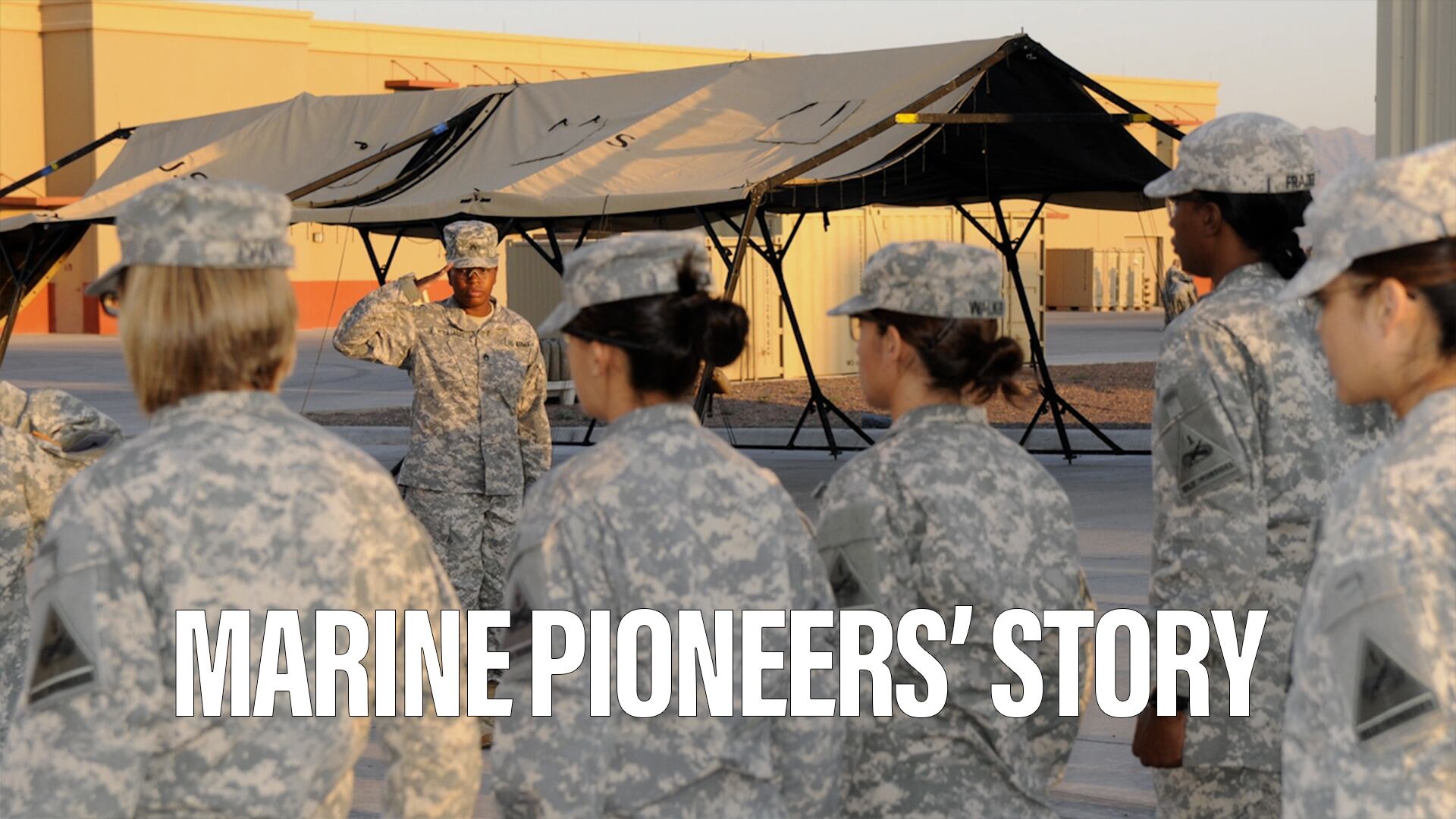NEW DELHI — Living in India for a decade, Jan Widerström has been given a mandate to drive Saab's new strategies with the aim of becoming a key player in the ruling National Democratic Alliance government's push for its Make in India initiative.
Widerström is chairman and managing director of Saab India Technologies, a fully owned subsidiary of Swedish defense giant Saab AB. Saab India Technologies plans to set up a manufacturing facility with full transfer of state-of-the-art technology to build an aerospace ecosystem in India.
In an exclusive interview with Defense News, Widerström outlined the company's strategy in India and, more specifically, how it plans to manufacture the Gripen E aircraft here.
What role is the Swedish government playing in order to support your defense programs in India?
Definitely, yes, we need the support of our government. If you talk about the bigger deal for platforms such as fighters, I believe that the Swedish government is playing a crucial role because there is a comfort with the Indian government to work with us on [a] government-to-government model.
Swedish government plays a crucial role in supporting us in working with the Indian government just like our government works with other governments. The Swedish government on similar lines works closely with other governments in Australia, South Africa and United States where Saab has significant presence.
How does G2G ensure full technology transfer?
If it is in line with the strategic interest of Sweden to share [full] technology, they will [share] it. The big bulk of defense technologies are owned by us as a company. As long as it is not jeopardizing the security of our country and the subcontinent, Swedish government is willing to share this technology.
And again, I think G2G is a very practical and meaningful model. The level of innovation is very high in Sweden, and we are able to sustain them when we are participating in global joint programs such as in India.
We want India to absorb and sustain these technologies. What we are offering is not just transfer of technologies but transfer of capabilities to India.
So what is your definition of building capabilities in India?
Building capabilities in India is our prime offer. We plan to build up an ecosystem in your country to develop and produce new as well as next-generation fighters with the Indian government.
How this will work?
First of all, I don't think we should reinvent, there's a lot of capabilities in India that already exist. When it comes to aerospace, state enterprise Hindustan Aeronautics Limited is the hub here. So whatever we can do together we will take it as a challenge.
Alongside, we will work with Defence Research and Development Organization and private industry as well to build [fighters] capabilities in India.
Unlike others, we are not just offering "built to print" production line.
If Gripen E is selected, what aerospace capabilities will you bring for India?
Our Make in India plan is very comprehensive, and alongside building Gripen E, Saab will build avionics, electronic warfare, radar and other defense electronics capabilities in India.
Our plan calls for setting up [a] full fighter manufacturing facility, building a local supplier base of ancillary systems, employing a well-trained Indian workforce and [creating] a true aerospace eco-system in India.
Under the plan, we will train Indian engineers in Sweden to build an aerospace industrial capability in India, and the Made in India Gripen E will provide robust aerospace capabilities to the Indian Air Force.
What is your Make in India strategy?
Our approach is very clear. We do not see India in short term; we have a long-term vision to establish Saab as an Indian company.
Make in India is an excellent initiative, which will have a tremendous impact on Indian industry in the years to come. It will take time but has the potential to turn India into a defense manufacturing hub for the region and global markets.
We see an excellent fit between our technology leadership and India's abundance of skilled manpower. Over the last few years, we have met a very large number of Indian companies in areas such as electronics, engineering, machining, composites, etc. There are many companies with excellent capabilities, and they are rapidly scaling up.
Make in India in defense is definitely going to work, though we have to keep in mind defense acquisition and product development is a long process, so it's going to take time. This is true in any country, not just India. We feel India is headed in the right direction.
What is Saab's view about the relaxation of foreign direction investment?
We are investing in India as per the current definition [of 49 percent] of FDI. However, we are not helped by the restrictions on the FDI.
I do have full respect for restrictions in key areas and technologies in [the] defense sector. All governments want to control some technologies, but that's just a fraction of the total market.
We look at our FDI plan in India as building capabilities here. In addition, we will ensure guarantee and responsibility for the quality of the output that we establish in India.
Where do you see Saab's defense business in India going in the next 10 years?
India is one of our focus countries — we are highly optimistic about our future here, both in terms of market opportunities and also in terms of building partnerships with Indian companies. Saab is currently pursuing many individual opportunities in the requirements of the Indian defense forces.
Saab is offering high-tech solutions and products such as the fighters, C4I, [electronic warfare] (self-protection systems), signature management, missile and weapon systems, aeronautical platforms, sensors, radars, maritime security, and civil security.
Vivek Raghuvanshi is the India correspondent for Defense News.








